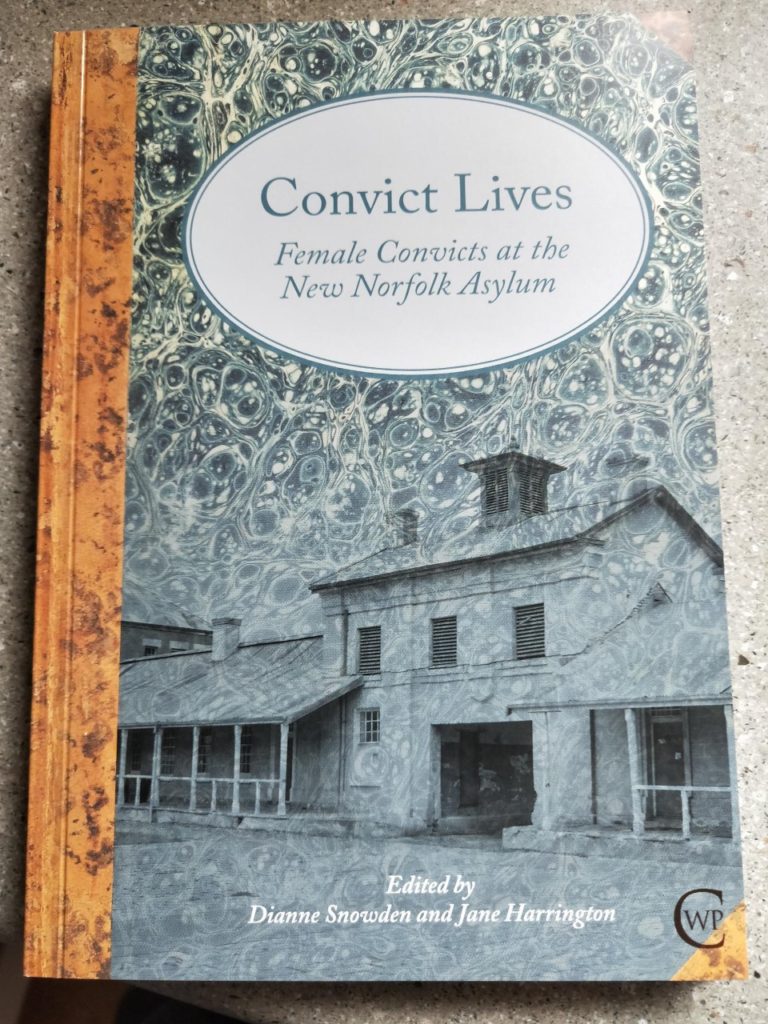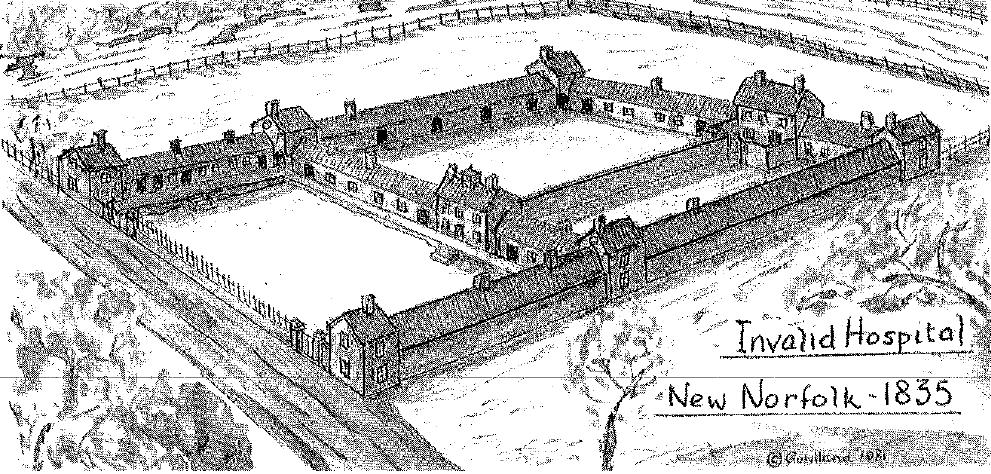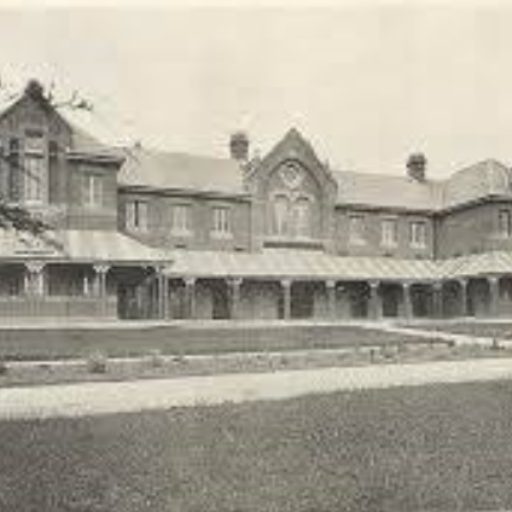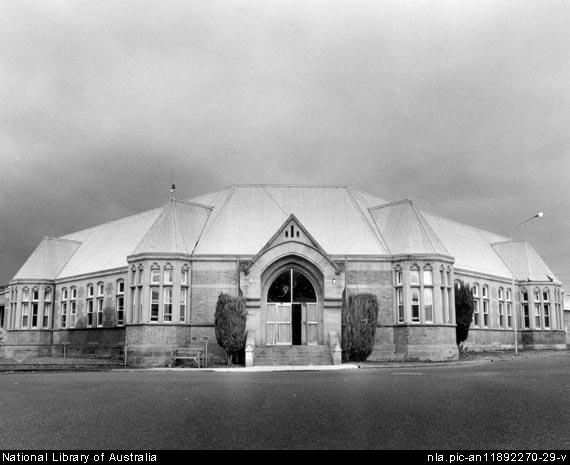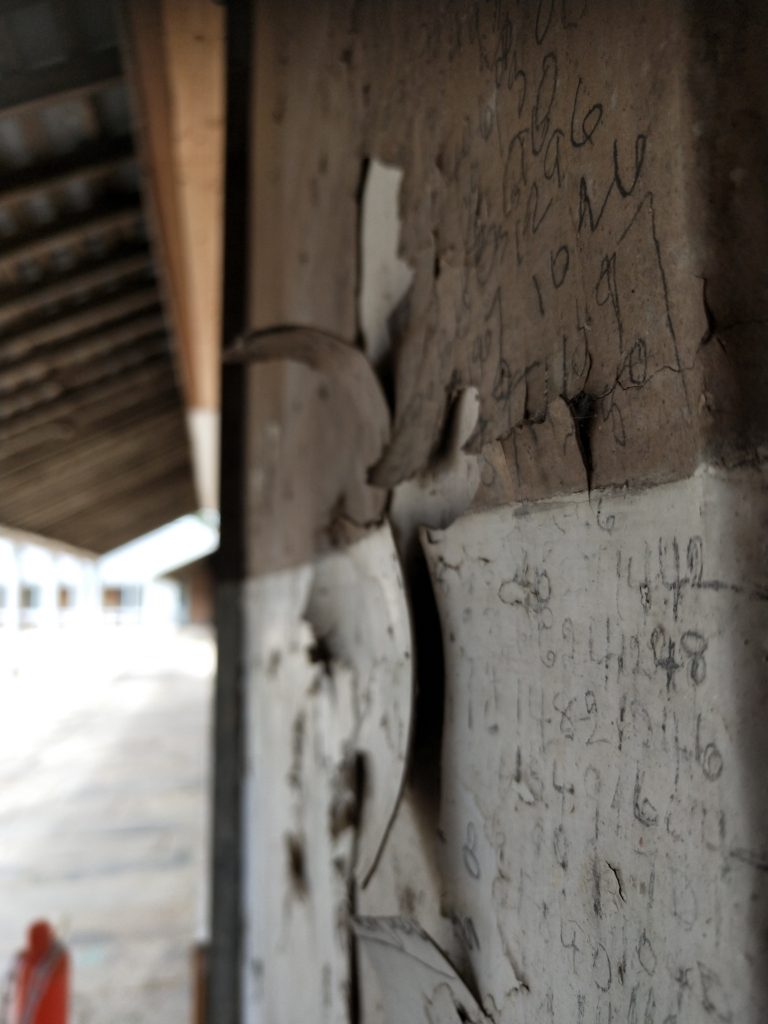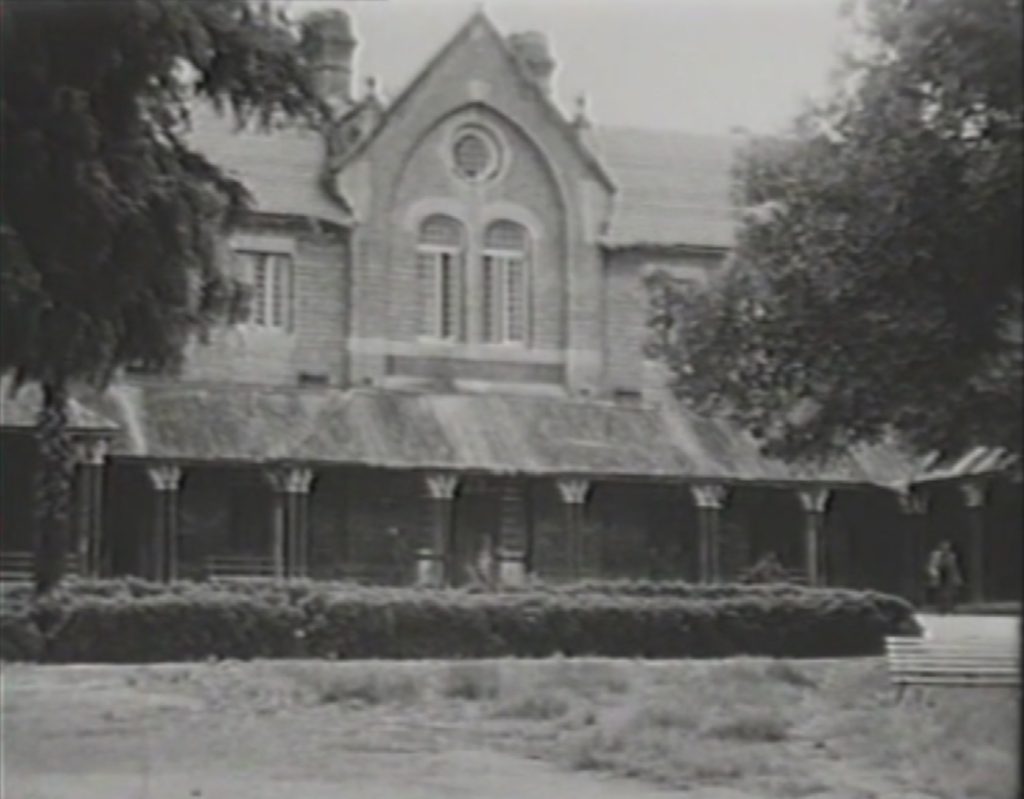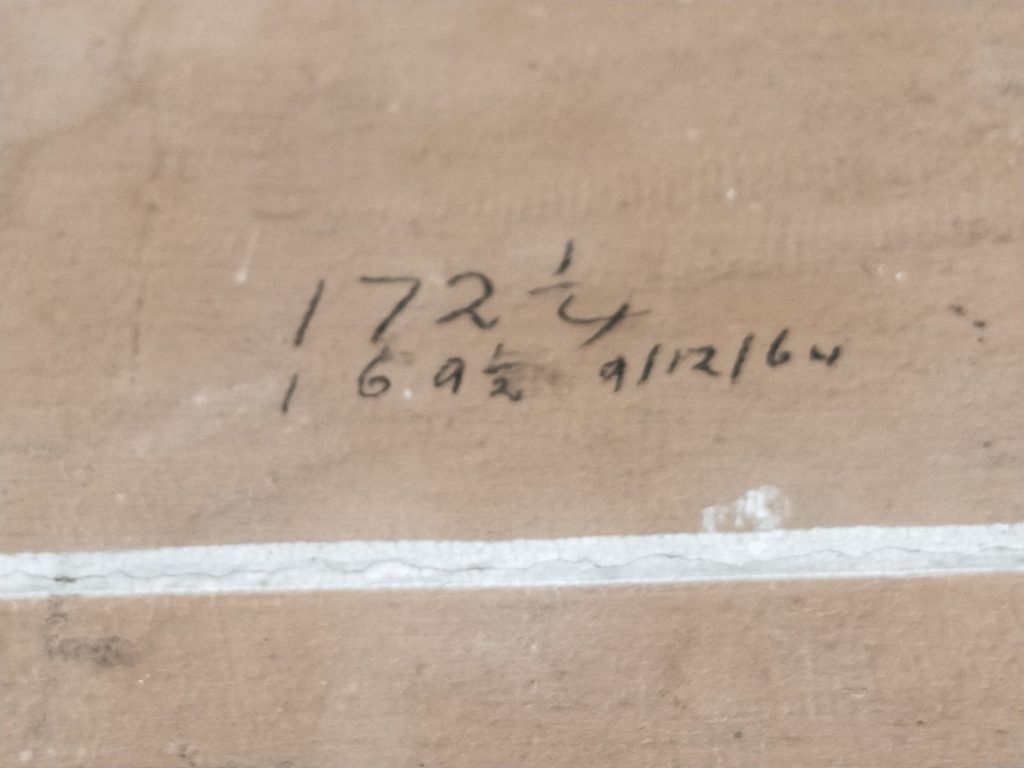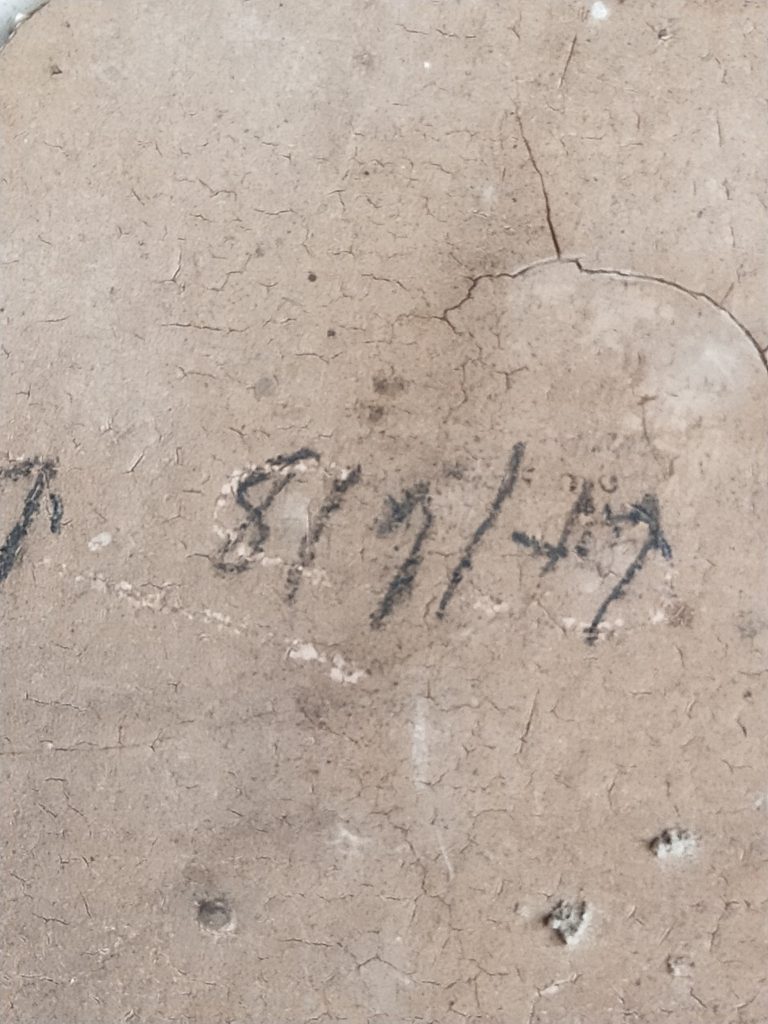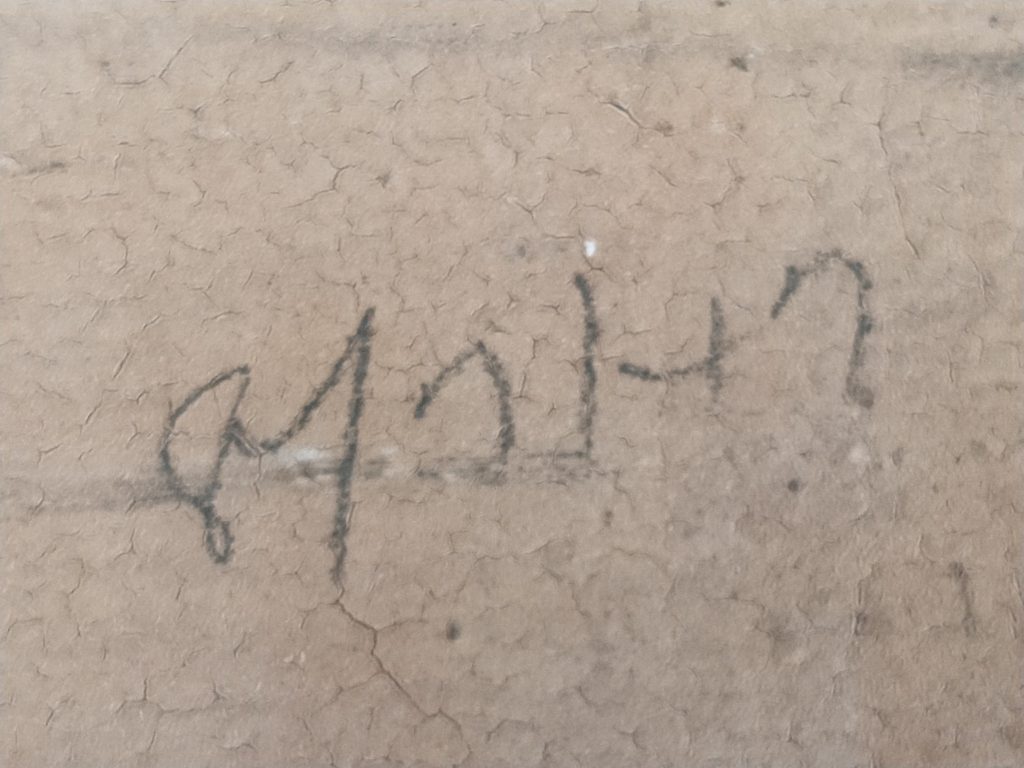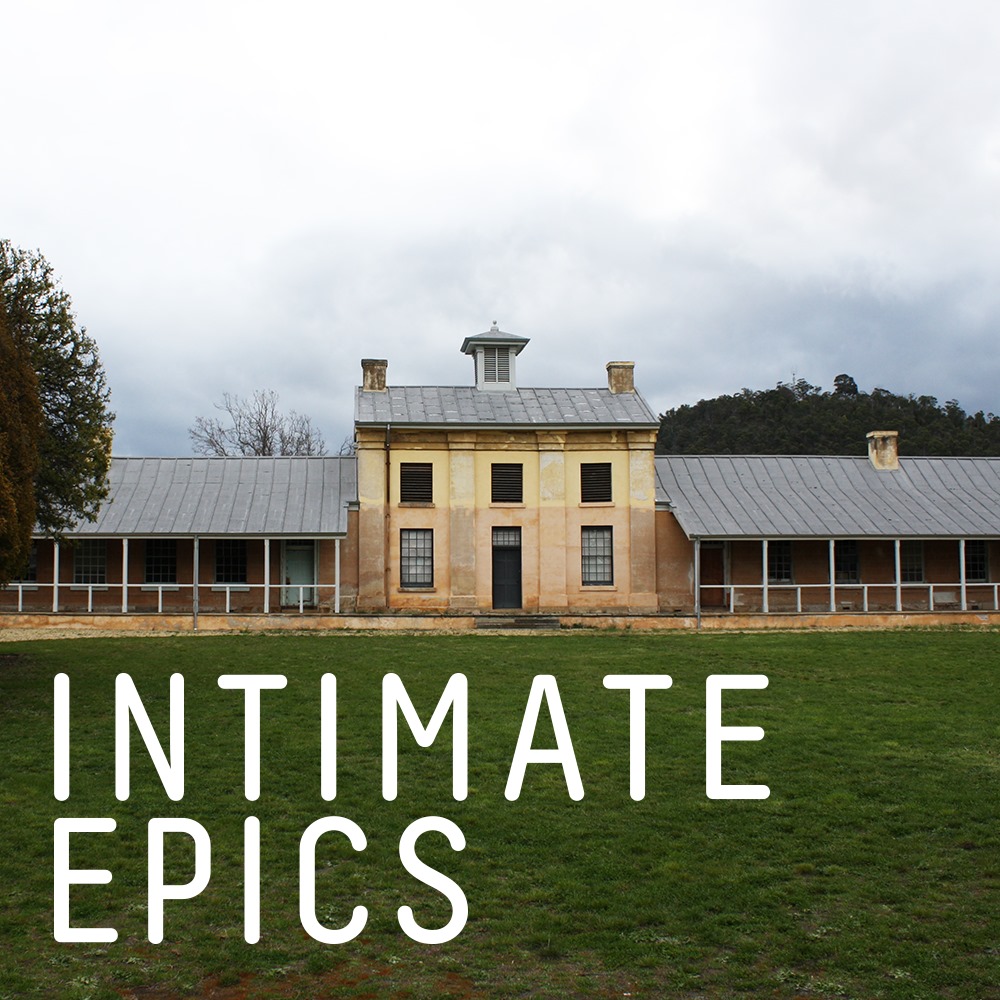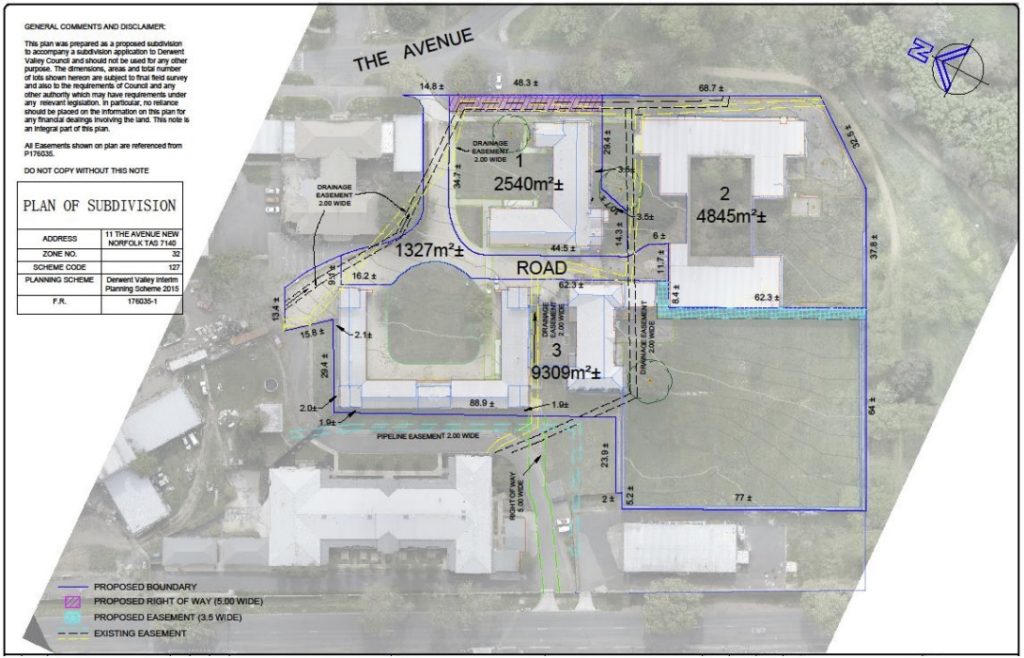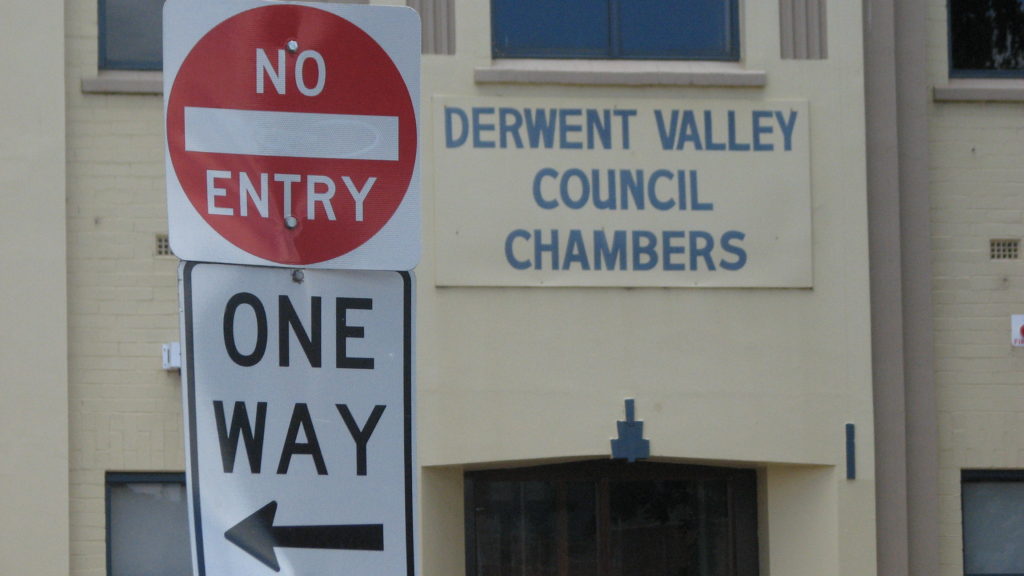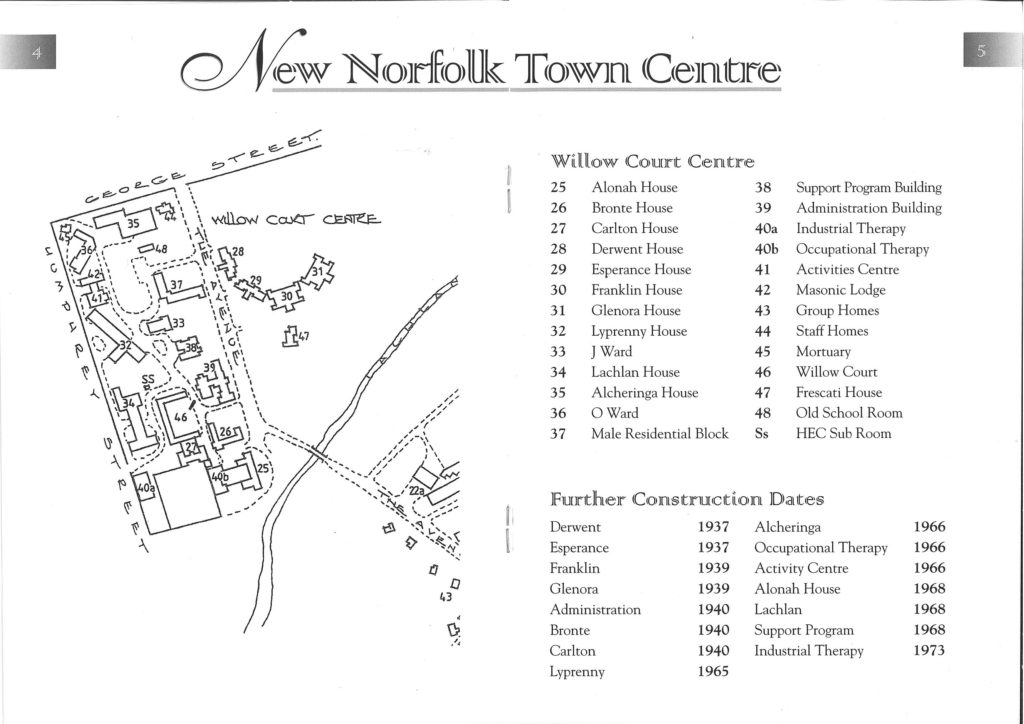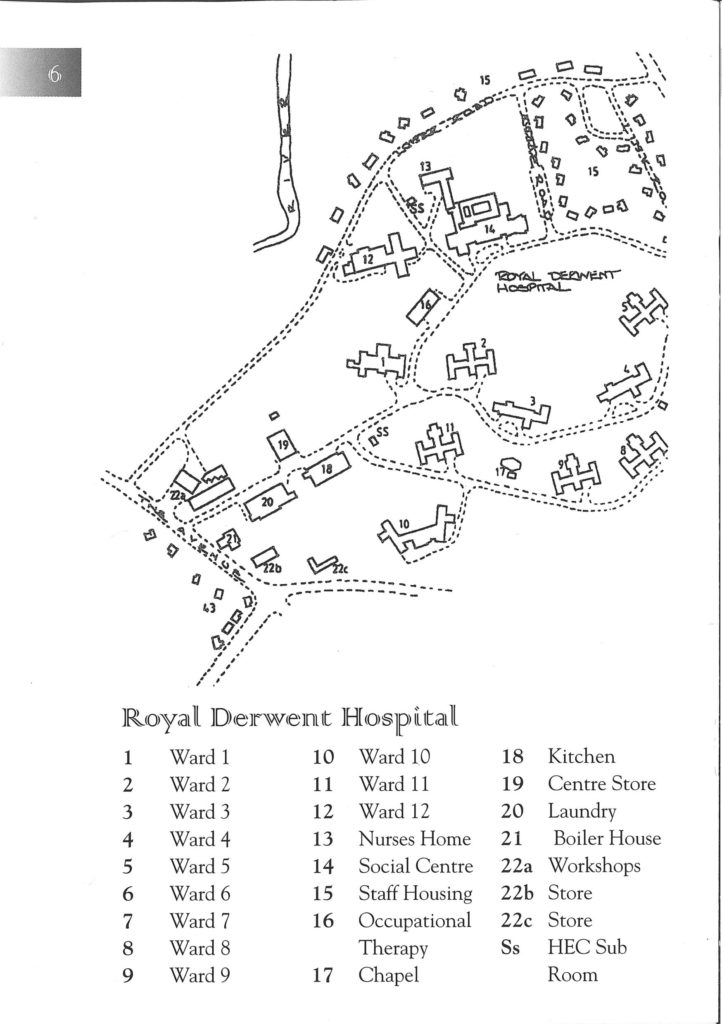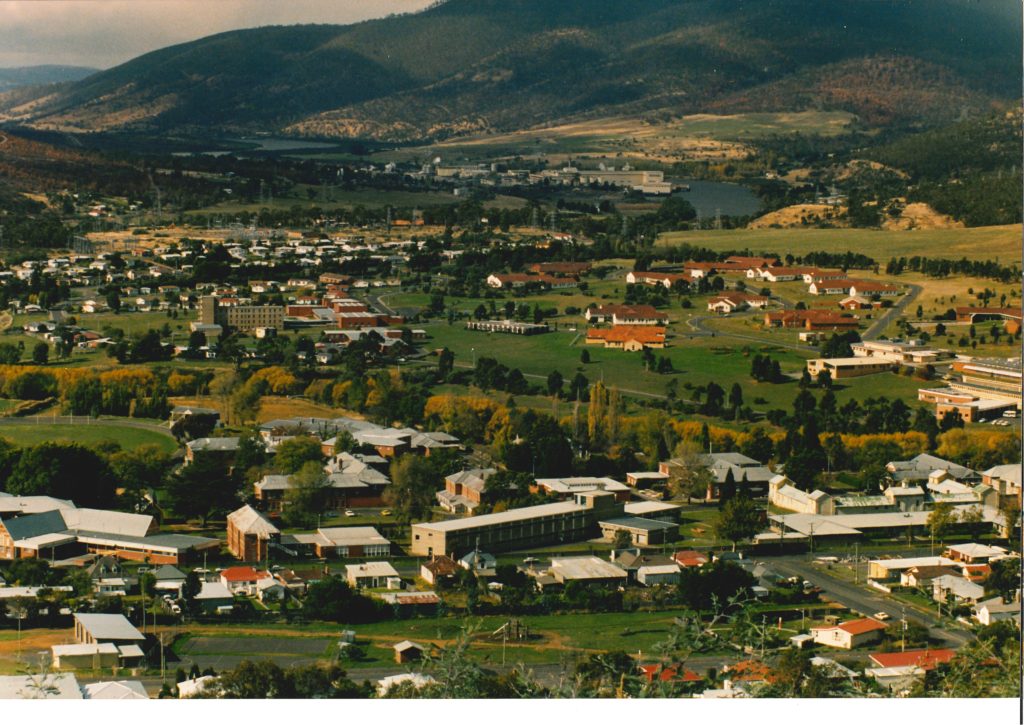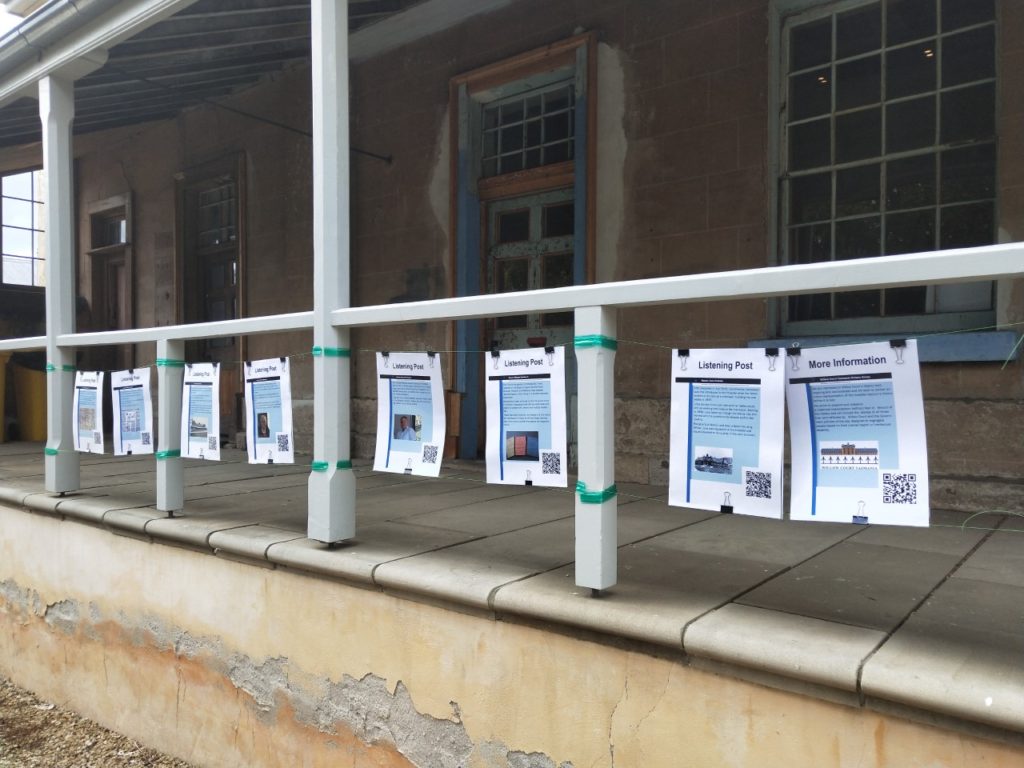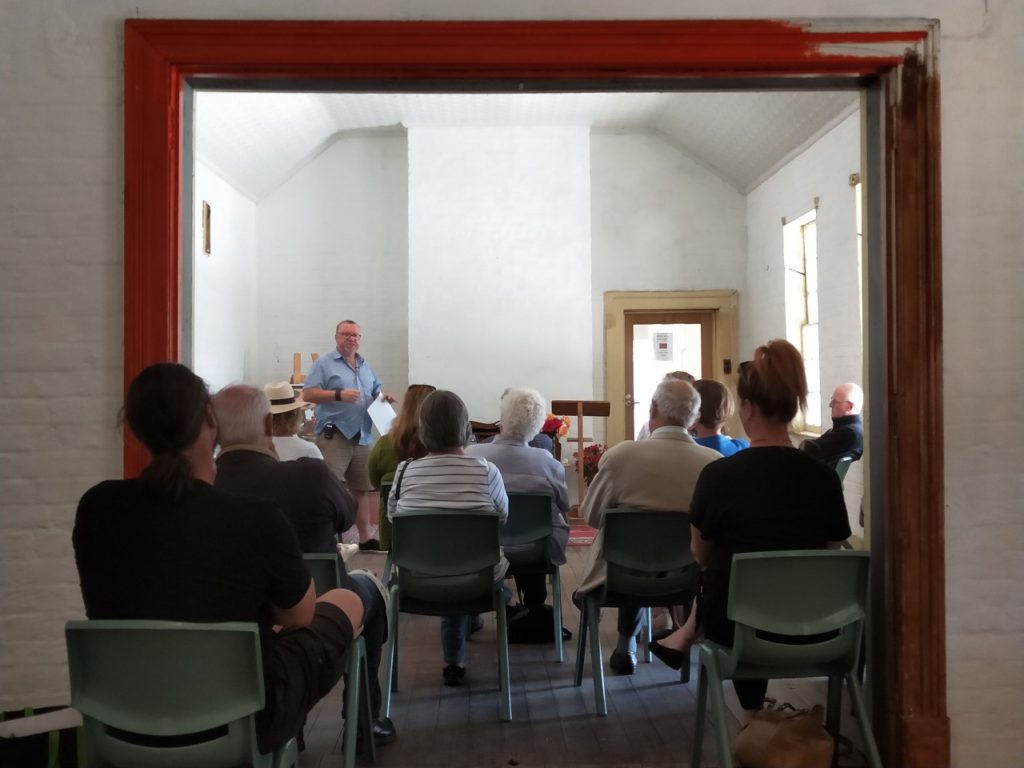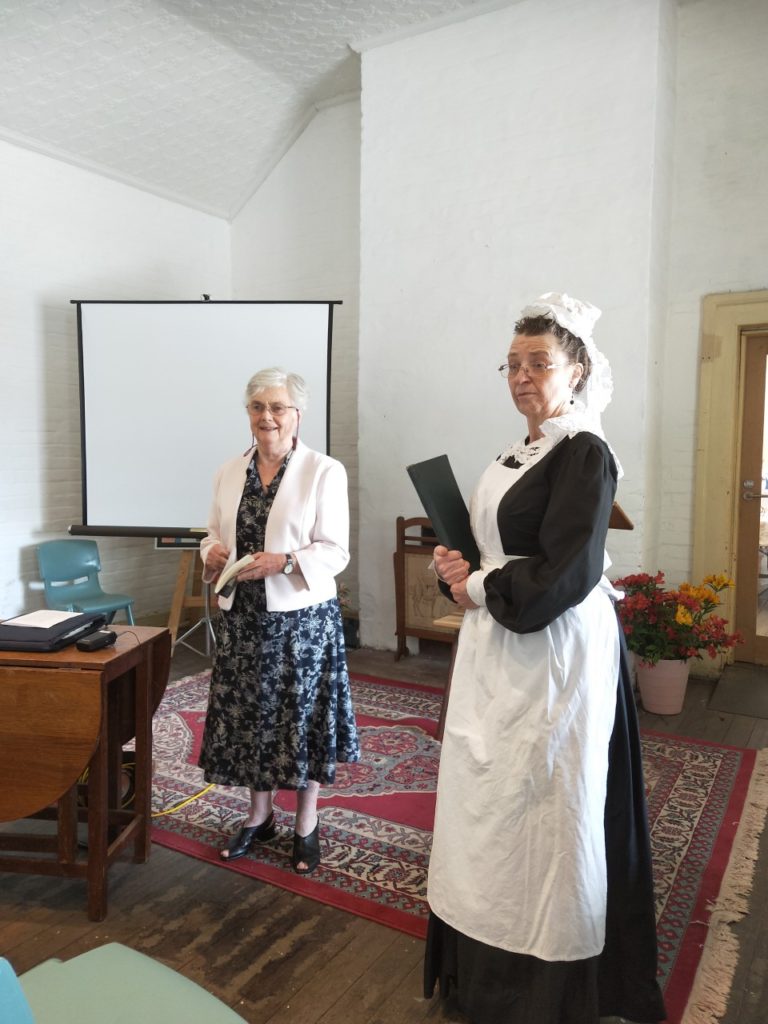Many people visit Willow Court and one of the most common questions asked is what about the people, the patients? Visitors all want to know about the real stories of the lives lived at the asylum over the 174 years of its history and while there are a number of books dedicated to the history of the hospital, there is little about the lives lived.
The Convict Women’s Press have released their newest publication of historical books entitles, “Convict Lives, Female Convicts and the New Norfolk Asylum“, this is the sixth book in this current series.
The rear cover of the book like many offers a taste of the contents, but the author has also chosen to place a poignant statement at the beginning of the text which truly sets the scene for the read ahead.
In 1859, the Commissioners of the Hospital of the Insane at New Norfolk wrote: “It must be borne in mind that a large majority of the patients…confined in the asylum have been of the convict class, the offspring of diseased parents, inheriting the very many cases a defective intellect, brought up from the earliest childhood in misery and vice, and leading in after years a life of sensual debauchery and crime, resulting in enfeeblement alike of body and mind, a more hopeless class of subjects it would be impossible to collect together in one institution”
The book is available through some local Tasmanian Book Shops or through the following weblink. https://www.convictwomenspress.com.au/index.php/cl-new-norfolk-asylum
